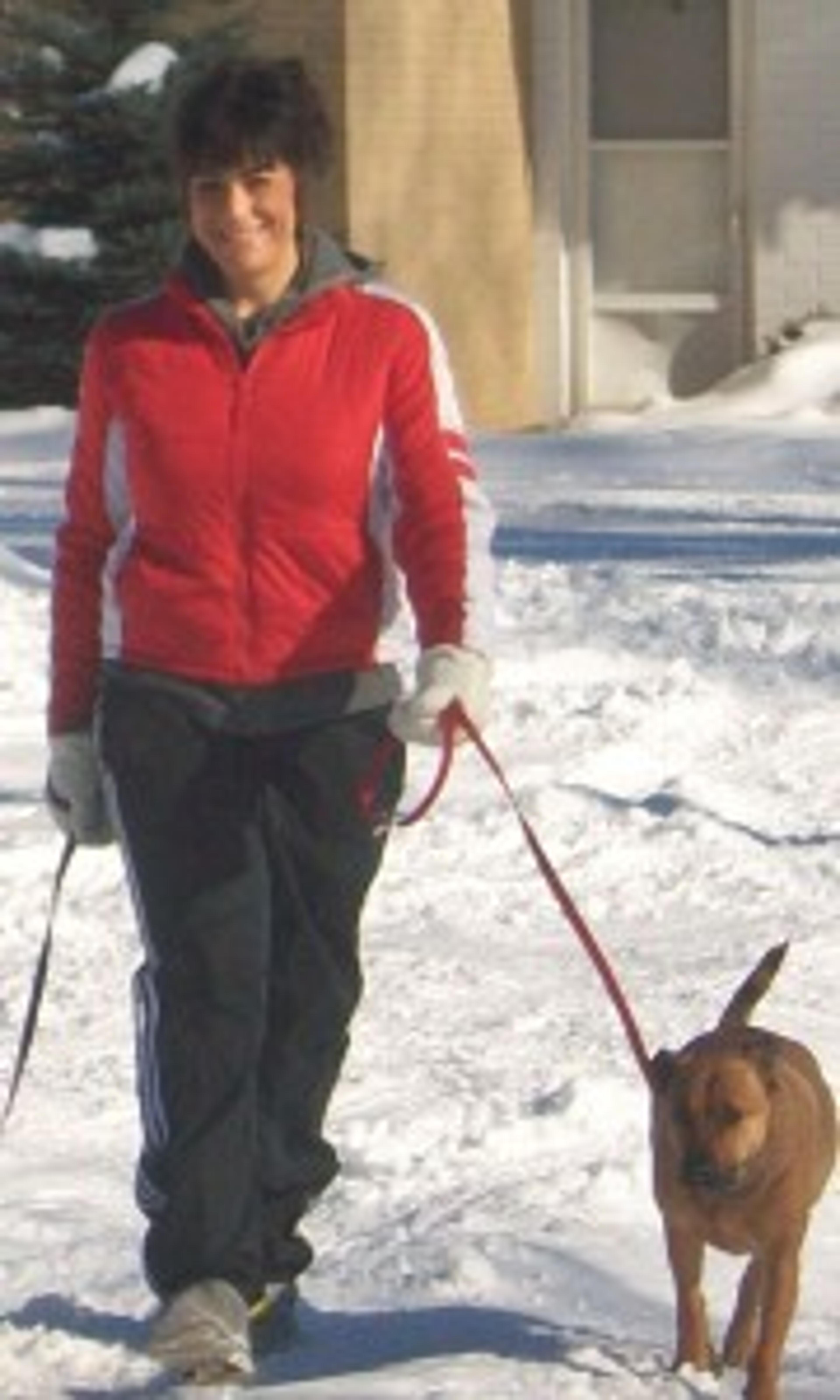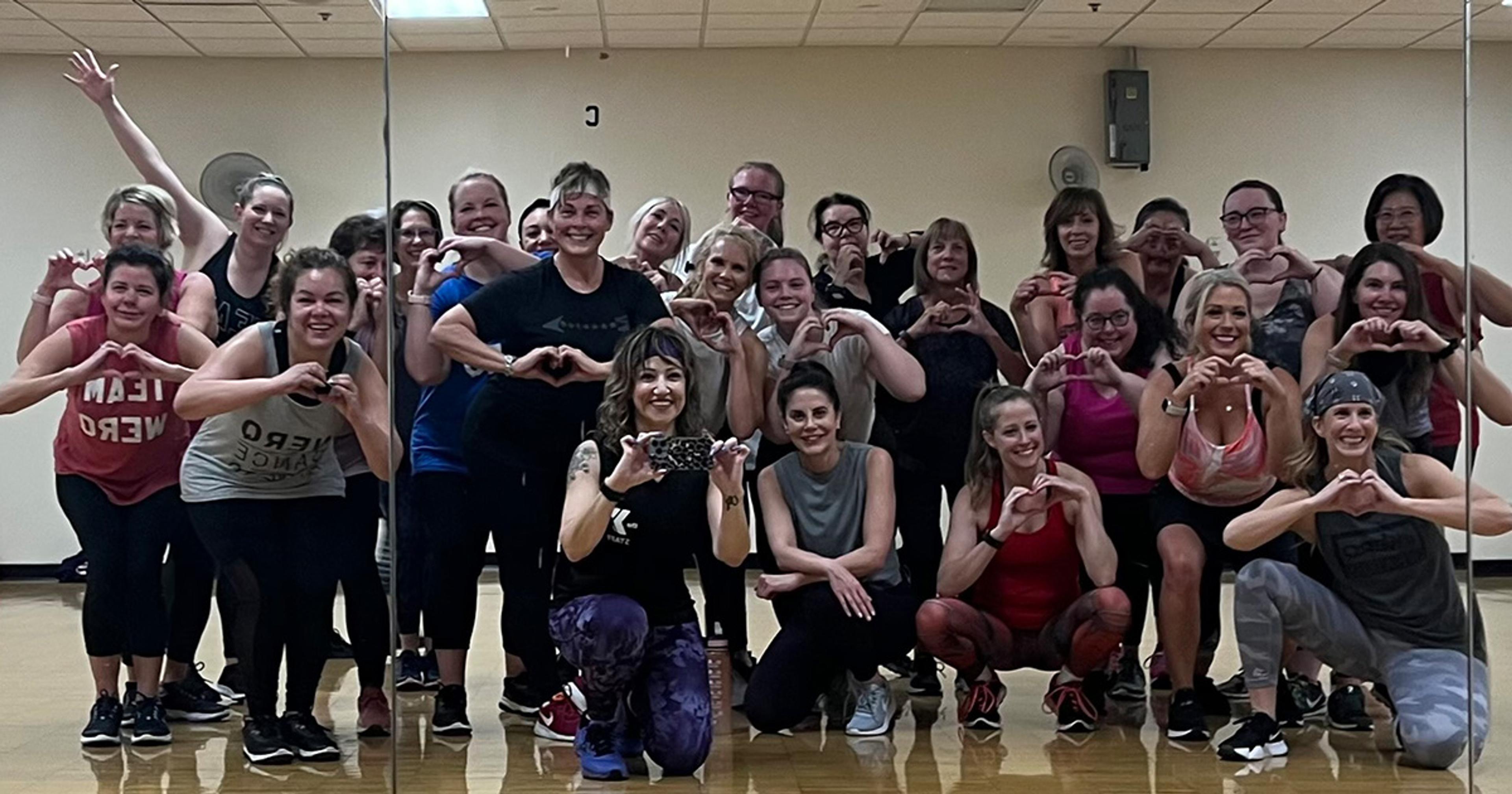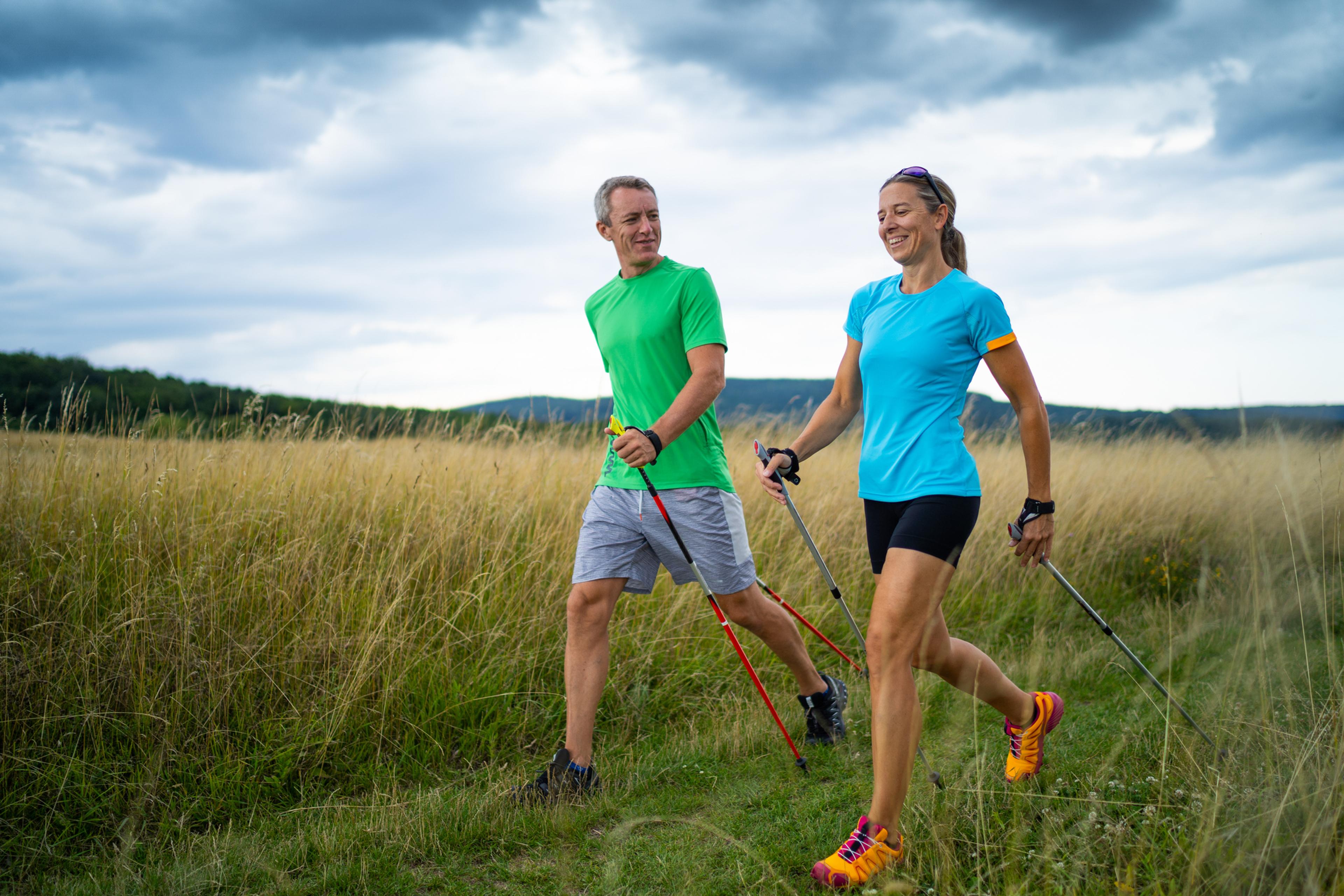10 Tips to Make Walking Your Weight-Loss Workout
Jodi Davis
| 4 min read


Jodi Davis with one of her favorite walking partners.
It’s been happening for years – certain people feel they need to inform me that it’s just not possible to lose over 160 pounds the way I did: by walking. They’ll look me in the eye and insist that I must have done something else, that walking just isn’t enough exercise to result in any type of weight loss at all. I can’t get too upset with them; after all I once felt the same way. I guess society led me to believe that in order to lose weight successfully, the exercise regimen must be very strenuous and complex … there’ s no way it could be as simple as walking, that’s just too easy.
And it is easy to walk, but there are some ways to walk that I believe help the pounds melt away. I’ve compiled a list of 10 walking tips for you to follow, in hopes that you give walking a try yourself. Yes, it really is THAT simple!
10 Tips to Maximize the Heath Benefits of Walking
- Keep a brisk pace and don’t slow down until your walk is complete. From the moment I take that first step to the time I return home, I keep that same pace. Stay focused, this is now your daily exercise regimen.
- Find fun walking routes. Select areas that are enjoyable and safe, maybe a local beach, nature preserve or state park. I find myself taking a longer walk than expected at these places because of the scenery.
- Enjoy your walking! Hold your head high and keep a positive attitude as you remind yourself that you’re becoming healthier with each step you take! Life is good and walking can make it even better!
- Wear comfortable athletic attire. I feel more like an athlete and tend to walk slightly faster when I wear compression or tight-fitting apparel such as walking pants. Compression apparel actually improves your circulation and provides heightened agility.
- Walk at a time of day that works for you, don’t focus on what works for others. Whichever time of day works for YOU is when you should walk: early morning, during lunch hour, before or after dinner.
- Find a walking partner. The time passes much quicker when I walk along with a family member, friend, or neighbor. I also enjoy walking with my dogs because they keep my pace up and it’s good for their health too.
- Allow your stress to be left behind with every step you take. Make it your goal to relieve any stress that the day has brought with it and walk it off! If you need to walk more intensely or a little faster to get it done, that is okay … DO IT! I give you permission, go ahead and “stomp it off” if you have to!
- Make it a goal to walk a little faster each day, especially when approaching challenging hills. This is a way to keep that heart rate up and it feels great once you conquer each hill.
- Think of your daily walk as your own personal reward that you owe to yourself. No one is going to take that time away from you … no one! Your personal good health is something that you deserve – you’re the only one that can give it to you. Others will often try to sabotage your attempts to become healthier because they aren’t ready to take that step. Don’t allow this to happen. You have one life and you deserve to be healthy and happy.
- No excuses! This is my favorite tip of all: there are no excuses NOT to walk! If it’s raining, use an umbrella. If it’s cold outdoors, bundle up in warmer clothing. Look at it this way- if someone told you that there was a winning lottery ticket at the end of your walking route, you’d be creative and make sure to walk there no matter what, right? Better health is that ticket … walk toward it to win!
Like this post? Check these out:
Photo credit: playb





